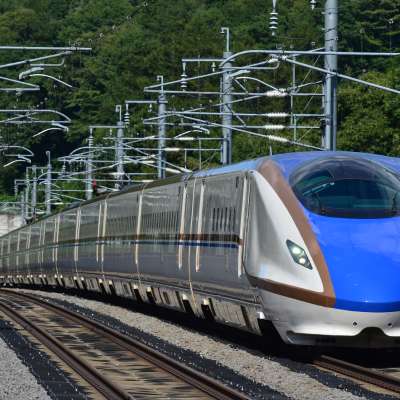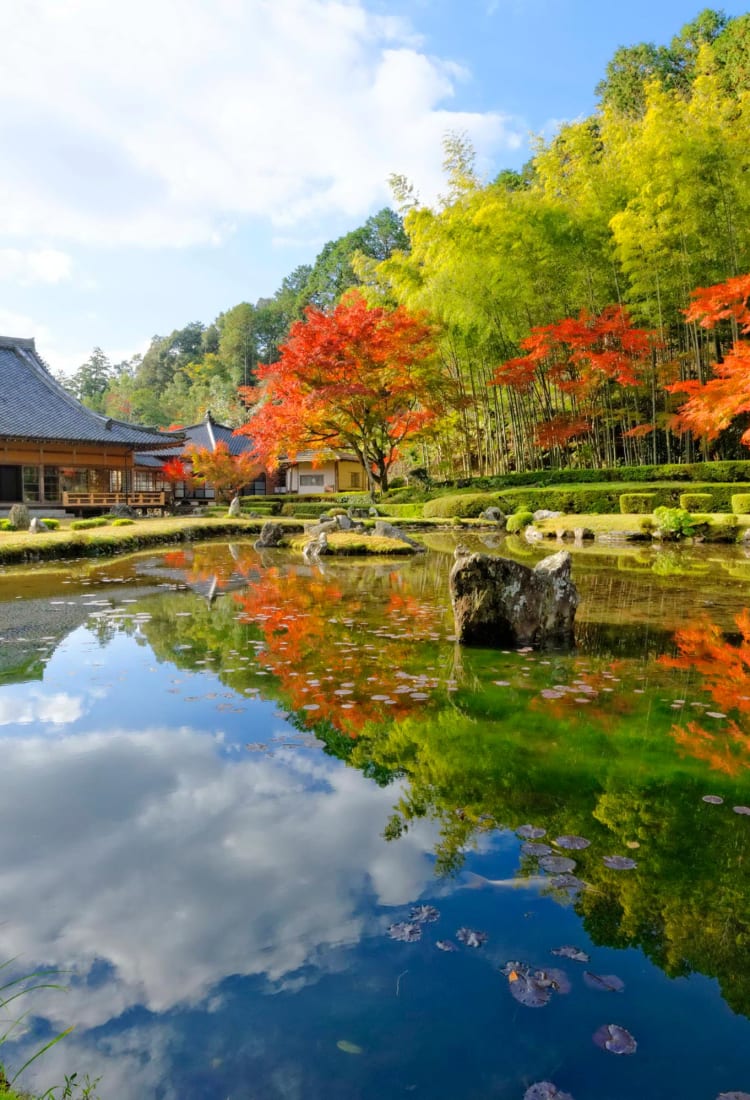
2024.06 Escaping the Crowds – Uncovering the Charms of Little Kyoto in Japan Discover Lesser-Known Towns for a Traditional Japanese Experience
What many might not realize is that throughout Japan, there are 38 towns often referred to as ‘Little Kyoto’ that hold some connection to the ancient capital. These places share resemblances with Kyoto, whether in their natural landscapes, townscapes, historical ties, or traditional cultures.
Spread across the country, these Little Kyoto towns offer a glimpse into Japan's rich heritage and Kyoto's charm without the hustle and bustle. In this article, we'll introduce four such towns that are easily accessible and promise an authentic taste of traditional Japan. From serene temples to historic streets, these destinations provide a unique opportunity for a Kyoto-like experience without the crowds.
Explore Yamaguchi City, 'Kyoto of the West’
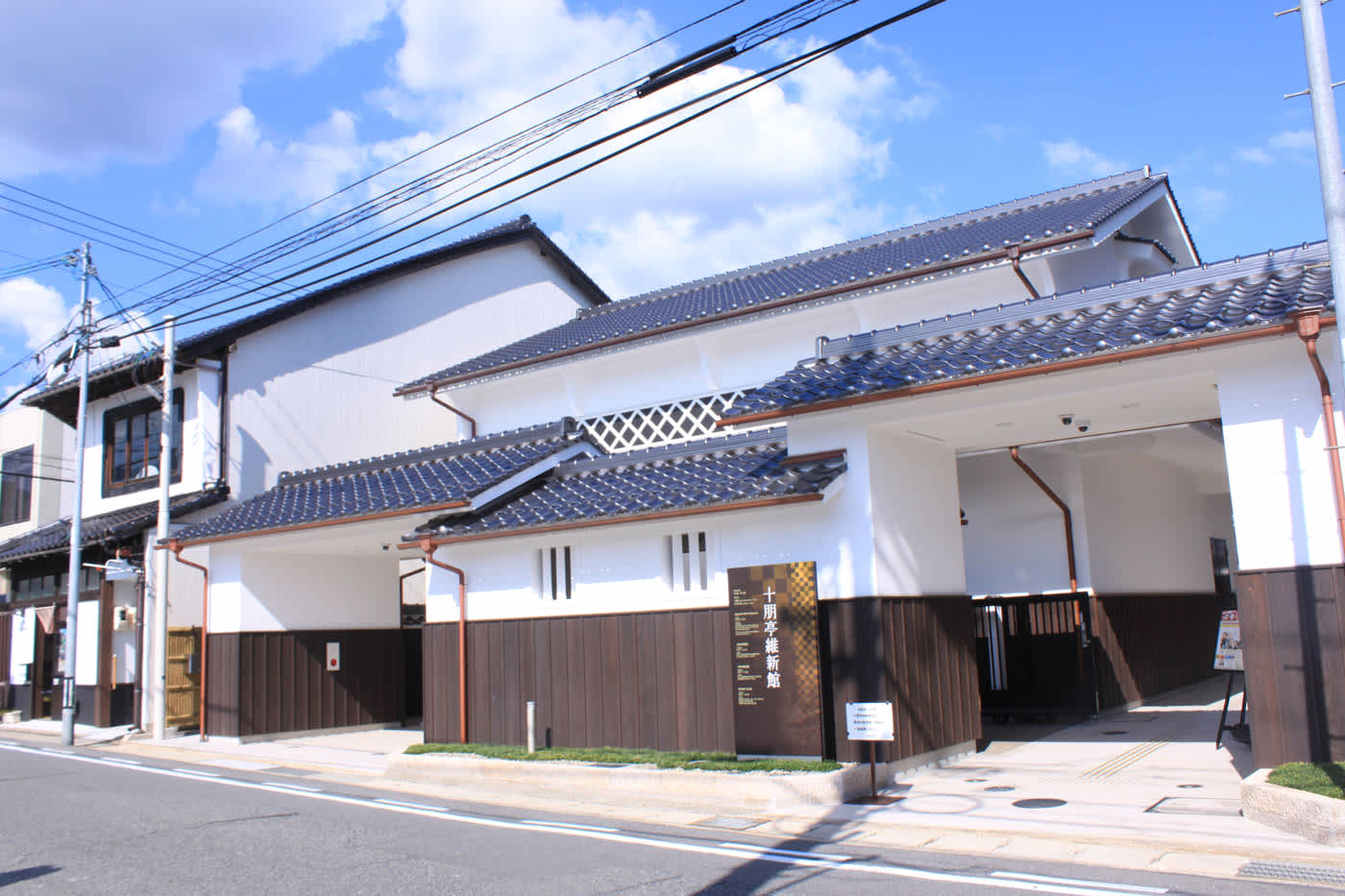
Learn more about local history at the Jippotei Ishinkan in Yamaguchi.
Selected by a major US news publication as one of their Places to Go in 2024, Yamaguchi City, Yamaguchi Prefecture, is often referred to as the ‘Kyoto of the West’ and has much to offer visitors to Japan. Located in a valley bordered by the Seto Inland Sea to the south, Yamaguchi can be easily accessed by bullet train on the Sanyo Shinkansen bullet train from Osaka and Fukuoka.
The area was once ruled by the powerful Ouchi clan during the Muromachi Period (1336-1573), and today Yamaguchi retains the traditional atmosphere of a city like Kyoto with its collection of historic buildings, impeccable gardens, and the renowned Rurikoji Temple Five Story Pagoda, a national treasure.
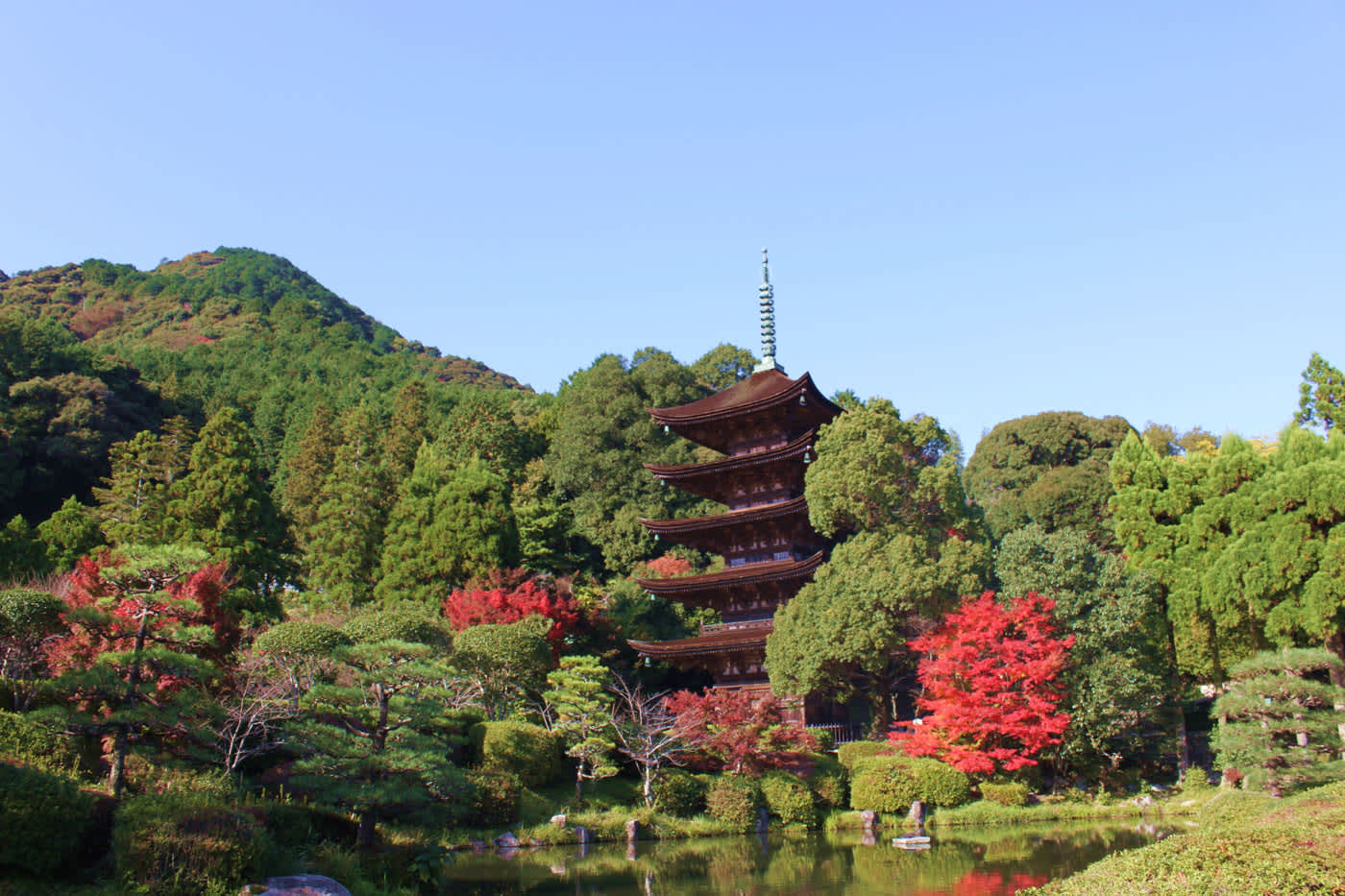
Nighttime visitors are also treated to a unique splendor when the pagodas are illuminated.
Rurikoji Temple is widely recognized as having a particularly beautiful five-storied pagoda and is set against a mountainous backdrop. The pagoda has unique views to offer in every season. A top spot for cherry and plum blossom viewing from around February to April, the temple gardens become a green oasis between May and August. From September to November, the landscape is transformed by vibrant red maple leaves, whilst snowfall provides a picturesque scene from December to January. (Note that the pagoda is currently undergoing renovations until March 2026.).
Other must-visit places in Yamaguchi include Saikoutei, a former restaurant popular with politicians, writers, and artists during the Meiji-era (1868-1912). Today, you can tour the building and see calligraphy written by eight former Japanese prime ministers who came from Yamaguchi Prefecture. Visitors also have the opportunity to rent a kimono and enjoy a cup of matcha with traditional Japanese sweets.
The tranquil Zen Garden Joei-ji Sesshutei, situated within the grounds of Joei-ji Temple, was created by the renowned 15th-century Zen monk and artist Sesshu, a master of Sumi-e (Japanese ink-wash painting). The garden features karesansui-styled rock gardens typical of the era, along with raked pebble Zen gardens.
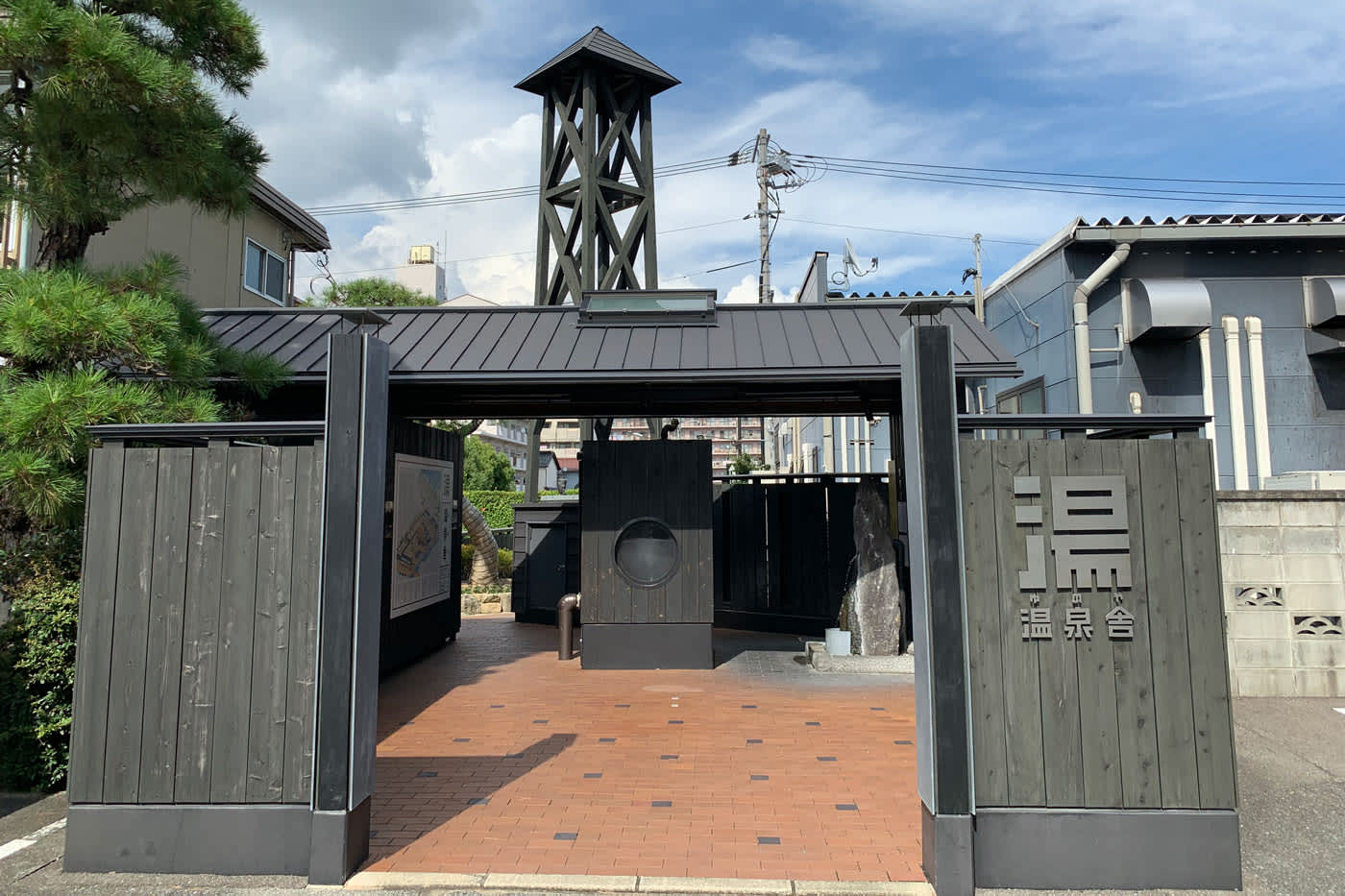
See hot spring water pumped from 500 meters underground at Yunoya.
Yuda Onsen is a hot spring dating back more than 800 years that can be accessed just 15 minutes from downtown Yamaguchi. The area is associated with a legend of an injured white fox who used hot spring water to heal its wounds, and visitors can find lots of fun fox-related merchandise throughout the town. Six free footbaths are available to try in shopping streets and parks, in addition to the onsen attached to traditional Japanese inns known as ryokan. Several free footbaths can be found near the Yuda Onsen Tourist Center, available for everyone to enjoy.
Discovering Asakura – Little Kyoto in Kyushu
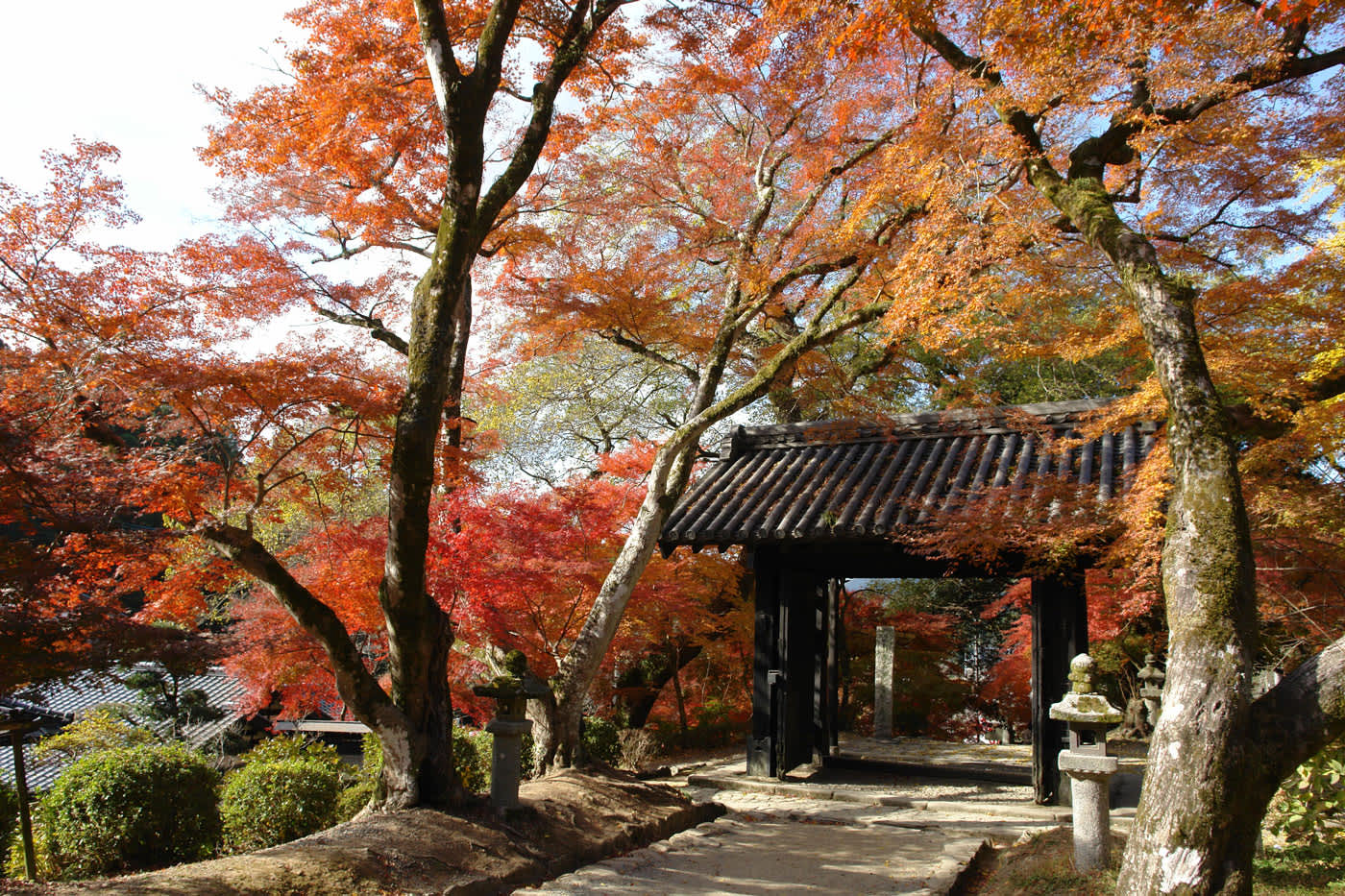
Admire autumn colors at the Kuromon (“Black”) Gate leading to Suiyo Shrine.
Visitors can take advantage of the rich cultural heritage and natural beauty that Asakura has to offer, making it a delightful destination for travelers seeking an authentic Japanese experience. Situated in Kyushu’s Fukuoka Prefecture, the small city of Asakura showcases Japan’s natural beauty with its abundance of forests and the Chikugo River. Here, among remnants of ancient castle ruins and the former residences of samurai, history can be found in a place that was once home to the Japanese Empress Saimei.
The Akizuki district in north Asakura is the area officially known as Little Kyoto and was developed during the Sengoku Civil War period (1467 to 1615). Visitors to Asakura can still explore remnants of Akizuki Castle at its original site, including its stone walls, moat, and the Nagayamon gate. The castle’s main gate, known as Kuromon, now stands as the entrance to Asakura’s Suiyo Shrine.
Many other local traditions still live on in Asakura. For example, there are seven water wheels in Asakura made by local farmers that were built during the Edo period (1603-1867) and are still in use today. Visitors can also try their hand at making traditional washi paper in Akizuki.

Visit Hisano Tei, a beautifully restored samurai residence.
Suginobaba-dori, the street leading up to Akizuki Castle, features traditional tea houses and former samurai residences. During the spring, visitors can admire the 500-meter stretch of sakura trees, making the town one of Fukuoka’s popular cherry blossom viewing spots.
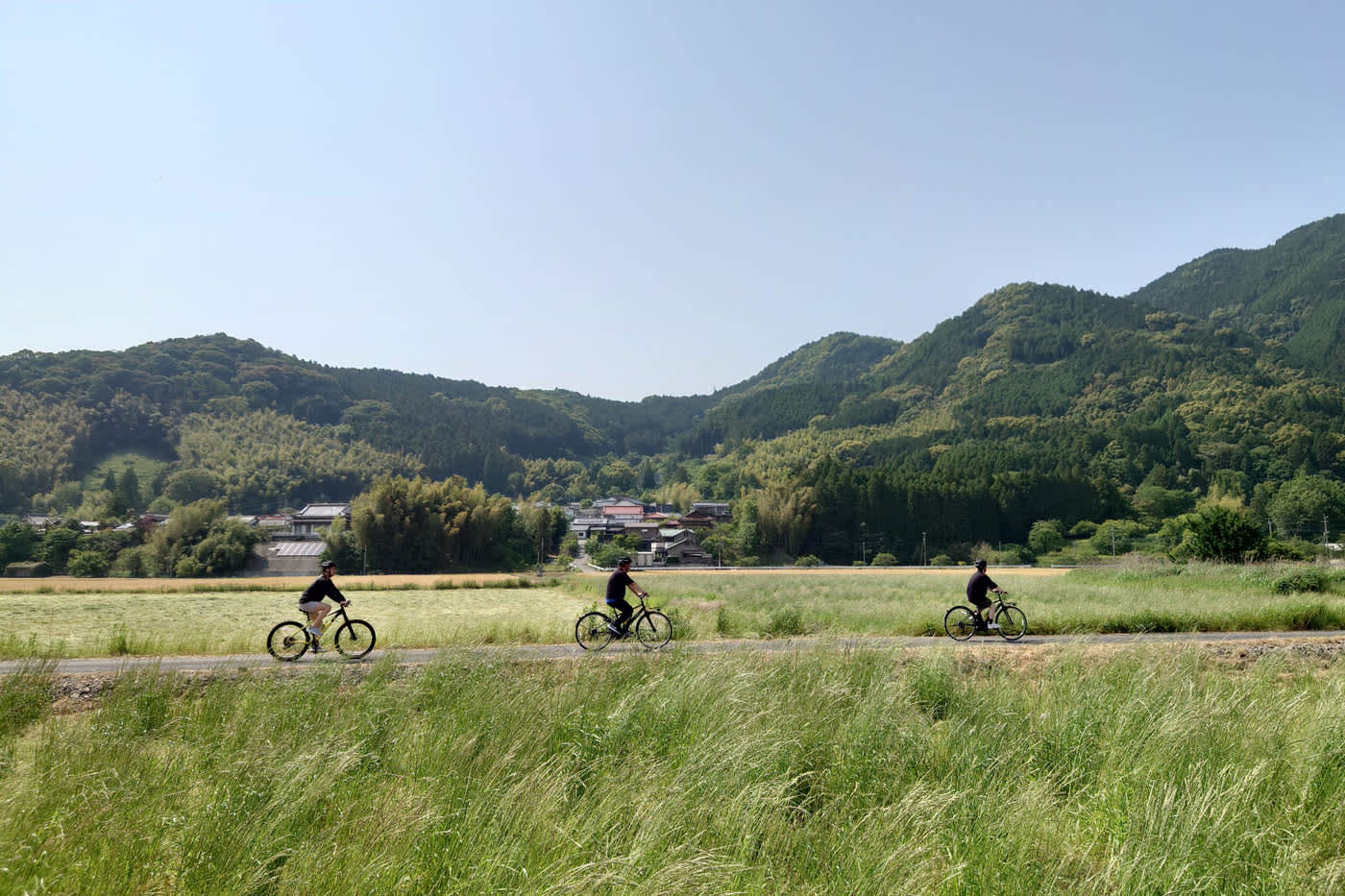
Rent a bicycle and explore the rich history and culture of Asakura.
Nature also offers plenty of activities for visitors to Asakura to enjoy. On the Chikugo River, activities such as SUP (Stand Up Paddleboard) and kayaking are popular, while bicycle rentals offer an opportunity to explore the area from a different perspective. Over at the Kirin Flower Garden, more than 10 million pretty cosmos flowers bloom from September to November. Asakura can be accessed by train from Fukuoka (Hakata Station) in just over one hour, or 40 minutes by car from Fukuoka.
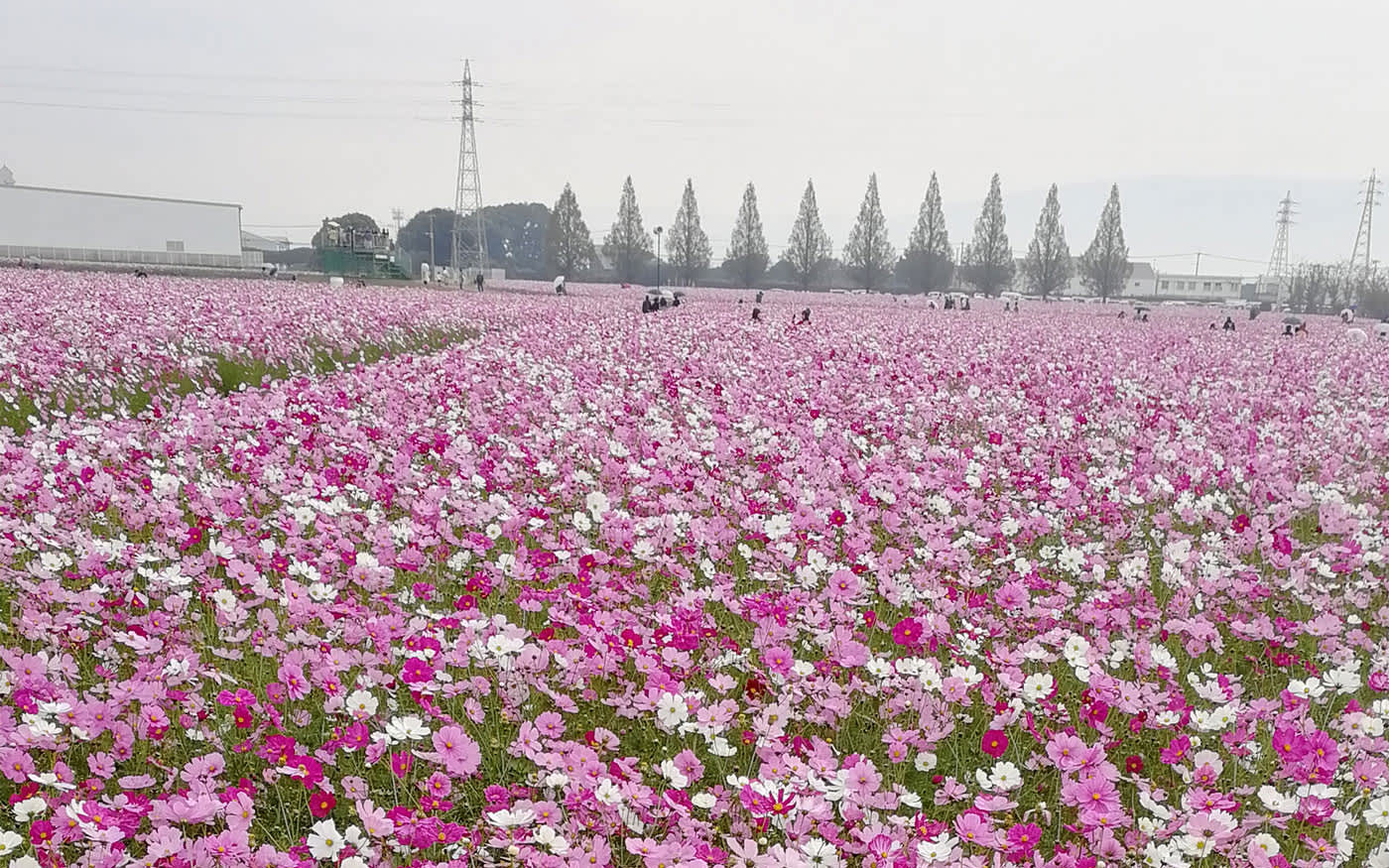
Marvel at the Cosmos flowers in this flower garden found in Asakura.
Time Traveling in Tochigi – Just a Short Trip From Tokyo

Take a scenic boat ride on the Uzuma River and admire the historic storehouses.
Tochigi City is an easy day trip from Tokyo and can also be combined with a trip to Nikko. Tochigi offers visitors plenty of opportunities for a Little Kyoto experience with its historical buildings and traditional craftsmanship.
During the Edo period, Tochigi became a prosperous merchant town and was an important stop along the Nikko Kaido Route . Nowadays Tochigi can be accessed from Tokyo in under 70 minutes by taking the Tobu Railway limited express train from Asakusa.
The merchant houses and white-walled storehouses of Tochigi can still be seen along the Uzuma River and on Kura-no-Machi street. Visitors can rent a kimono and feel like stepping back in time walking through the old town. Several of these traditional buildings are also open to members of the public.
For example, Yokoyama Local Culture Hall is a grand townhouse that was built in 1909 and now serves as a museum with artworks and historic items on display. Another way to appreciate the townhouses and storehouses is by taking a tranquil boat ride along the Uzuma River, an experience available year-round.

Visitors to Tochigi can experience cherry blossom viewing in springtime.
Tochigi boasts historical significance as a workplace of the renowned ukiyo-e artist, Kitagawa Utamaro. Art enthusiasts can explore the world of ukiyo-e woodblock prints and paintings at the Tochigi City Art Museum, enriching their understanding of this unique art form.

Tochigi’s Daichuji Temple is home to a 200 meter path lined with hydrangeas.
Located on the west side of the city, Mt.Ohira offers stunning cherry blossoms in spring and hosts a popular hydrangea festival in June.
Exploring Tohoku’s Kakunodate – Late Blooms and Samurai Residences

Stroll through the streets of Kakunodate once walked by samurai.
The well-preserved former castle town of Kakunodate in Akita Prefecture is home to samurai residences and merchant houses and is one of Japan’s famous cherry blossom viewing spots. It’s also easily accessible, with its own stop on the Akita Shinkansen bullet train from Tokyo.
In Kakunodate’s beautiful Bukeyashiki-Dori (Samurai Residence Street), there were around 240 samurai residences. Today, six of the houses remain open to the public, including Aoyagi Samurai Manor Museum, which features the Main House, Armory, Samurai Tool Museum, and a tearoom. The museum also allows visitors to try on samurai armor and hold a real samurai sword. Located south of the samurai residences lies Kakunodate’s merchant district, home to several historic buildings.

Step inside and be transported to the age of samurai at the Aoyagi Samurai Manor Museum.
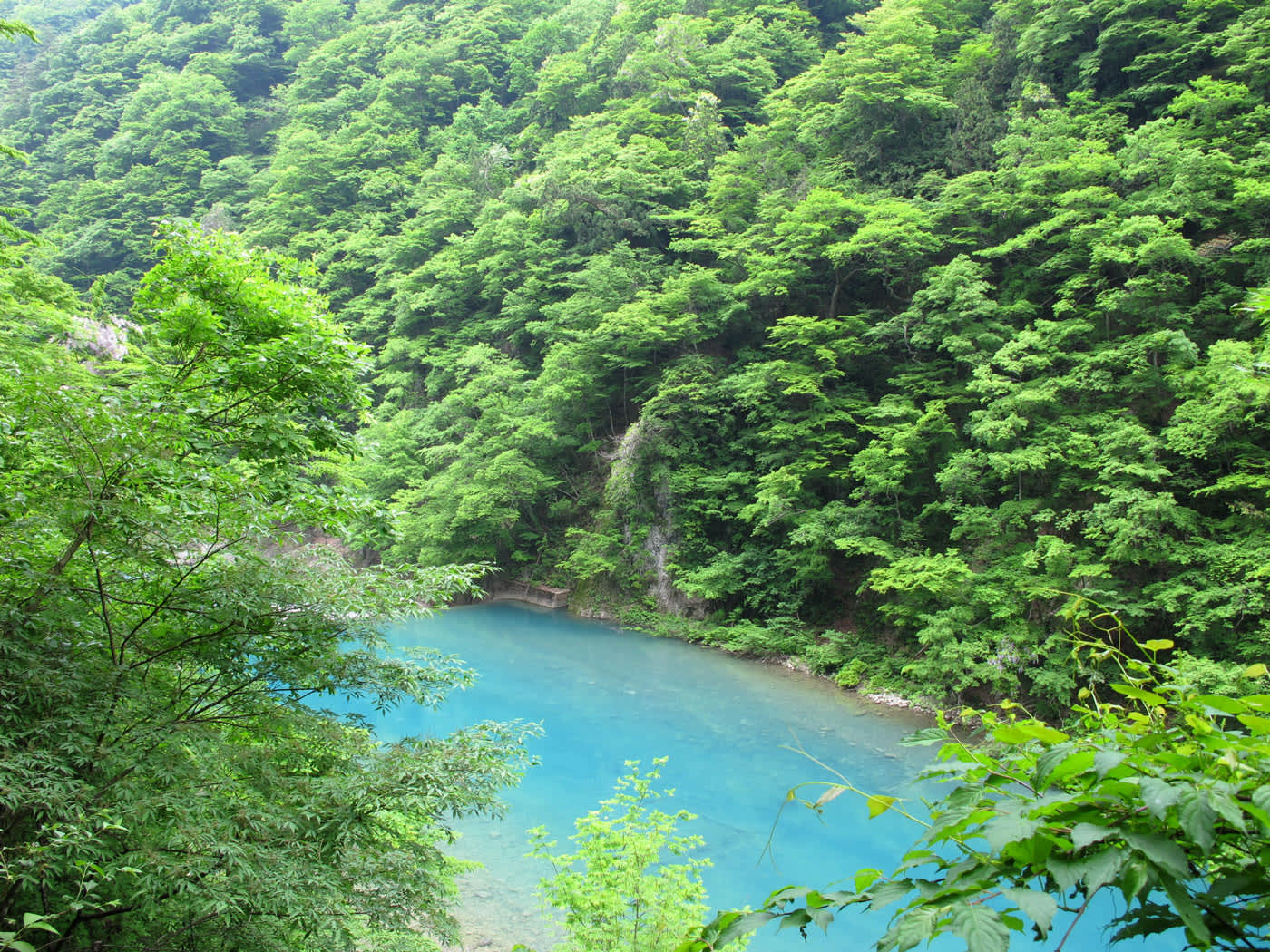
Dakigaeri Gorge is a natural beauty spot featuring dramatic waterfalls and ancient woodlands.
Kakunodate also provides visitors to Japan with the chance to see cherry blossoms later in the season, avoiding the crowds found throughout much of the country in late March and early April. As a famous Japanese cherry blossom spot, the sakura can be seen throughout the town on Bukeyashiki-Dori, whilst the weeping cherry trees along the Hinokinai River serve as the perfect spot for a hanami picnic to view cherry blossoms.
The Benefits of Diving Deeper into Japan’s Lesser-Known Treasures
Traveling beyond Kyoto to explore the Little Kyoto towns scattered throughout Japan offers travelers a unique and rewarding experience. From exploring impressive temples and gardens to historical sites and buildings, the 38 Little Kyoto towns provide a glimpse into Japan's rich cultural heritage without the crowds often found in Kyoto.
By immersing themselves in the traditions, landscapes, and culinary delights of these hidden gems, travelers can see another side of Japan that offers an enriching experience that cannot be replicated in larger cities.
Information
Yamaguchi Tourism & Convention Association |
Asakura Tourism Assosiation |
Tochigi City Tourist Association |
SAMURAI AKITA Tazawako-Kakunodate TRAVEL GUIDE |
All Japan Kyoto Association ."Little Kyoto" and "Kyoto-Related Towns" |




















































